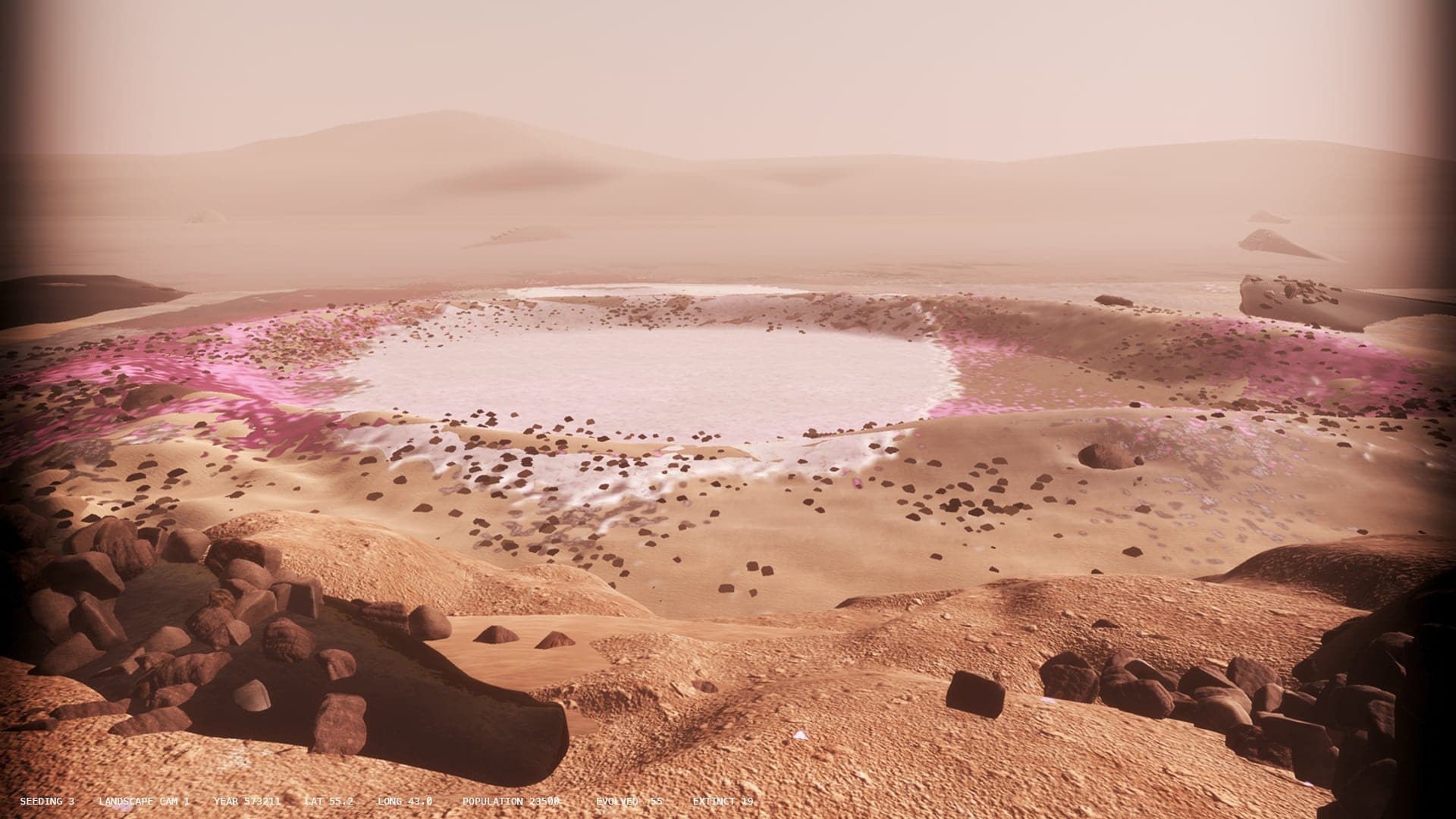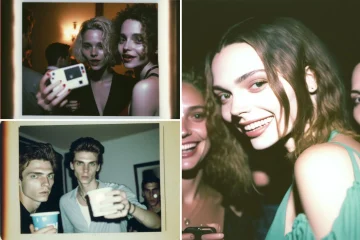
Tell us about your research over the last ten years, exploring synthetic biology and the design of living matter.
I first learned about synthetic biology in 2008 from a friend and collaborator, Sascha Pohflepp, during our Masters at the Royal College of Art. I became completely intrigued by the idea of engineers coming into biology to design living matter. I wondered what they would design, what good design would be, and who would get to decide.
I became deeply embedded in the field, working with leading scientists and engineers designing living things. Synthetic biology is another name for genetic engineering, but it’s also slightly different in that engineers were coming into biology, where they previously hadn’t worked as much.
They came up with this new name and new ideology that biology could be made programmable, predictable and designable, enabling us to design with biology to make useful things for humans, like engineering bacteria to produce fuel. Today, that goes all the way up to engineering people and other species including plants, animals, and even new ecosystems.
I’ve stepped away from this a bit in the last two years since finishing my PhD, during which I looked at how visionaries in this field have different beliefs as to what a “better world” looks like, and how these ideas get encoded into the biological things they design.
In the last two years, I’ve been looking more broadly at our fraught relationship with nature, and using these advanced technologies to create immersive artworks that ask questions about those relationships.
Tell us about the construction and properties of the artificial northern white rhinoceros of ‘The Substitute.’ How were you able to collect the physical and behavioral data to make it so lifelike?
In March 2018, I learned about the death of Sudan — the last male northern white rhino — and became intrigued to tell the story of this paradox of the human urge to create new life forms and neglect what already exists. I came across a paper by DeepMind (the AI company) about an artificial agent that learned to navigate, which inspired the project.
‘The Substitute’ uses behavioural information from 23 hours of video footage, posted to us by a scientist in the Czech Republic, Dr. Richard Policht. He had been studying the last eight northern white rhinos — how they communicate and their social behaviours — in a zoo in the Czech Republic in the early 2000s.
That herd included Sudan, and the last two females (who were later sent to Kenya to see if they would reproduce within a wild environment). The Substitute’s behaviour is informed by copying some of the behaviours, movements and vocalisations of the rhinos in these videos. The animated rhino was made by visual effects company The Mill, using an existing southern white rhino model of theirs — a complex 3D rig which we modified and animated for our film.
DeepMind also agreed to let us use data from the experiment by Andrea Banino to generate new spatial paths that the rhino model follows within the virtual room, so it essentially performs as their artificial agent. The rhino starts by looking and sounding distorted and pixelated, but becomes increasingly lifelike. The piece was commissioned by Cooper Hewitt, Smithsonian Design Museum and Cube design museum.
‘The Substitute’ feels very accessible, requiring no more than simple human conscience for the piece to work. What aspect of the work do you think serves to achieve this?
I think it’s just a very visceral experience — this rhino comes to life in front of you and he’s staring at you. The beast, the animal — whatever you want to call it — this incredible, intelligent, living being, or a digital reconstruction of him, is staring at you.
That creates a sense of discomfort. And then he’s gone, and you have a sense of loss that this magnificent thing was there and you can’t hold onto it. You have to wait for it to start again and reappear, and then he’s gone again. The fact there’s really no way of holding onto something speaks to the contingency of biology — things exist, but they’re not forever.
How can the application of machine learning into the realms of plants and animals (like in ‘The Substitute’ and ‘Machine Auguries’) change our understanding of how it actually works, and what humans are using it for?
Essentially, Machine Auguries uses the technology behind deep fakes (manipulated videos, or other digital representations produced by AI) to make deep fake birds. It’s a different way of thinking about what these technologies do. We normally associate them with a sort of harmfulness, that they’re somehow dangerous. Transposing it onto a different domain makes us perhaps ask different questions.
There are moments where the birds don’t sound real, that you could be mistaken as to whether a sound is genuine, and that’s something I really wanted to get at.
By feeding thousands of real birds into this generative adversarial network (GAN), we started to hear increasingly lifelike birds emerge each week in the studio as each species was trained. That was both terrifying and thrilling. When it worked, we were very happy here at the studio, because we’d done something incredibly complex.
We were able to embark upon a true machine learning process. For me, what’s fundamental about these technologies is that they’re so exciting, but they also come with huge responsibility and many questions about how we’ll be able to control them, when we can’t even control many human urges in the natural world.
The work was commissioned by A/D/O by MINI and Somerset House, with support from Faculty and the Adonyeva Foundation, working with Dr. Przemek Witaszczyk.
What’s next in your research and artistic practice?
We’ve just made four projects in the last year in the studio. There’s a continuing focus on environmental issues and their intersection with technology, and trying to understand these parallel phenomena.
Why are we so obsessed with the new, whilst failing to protect what already exists? It seems like an urgent question to explore.



